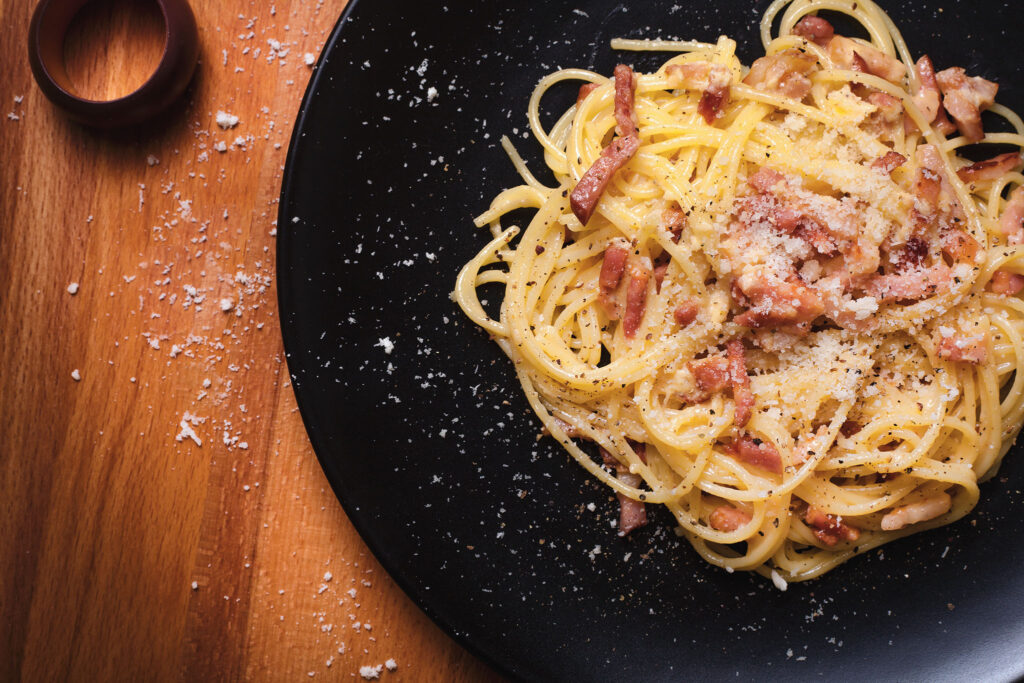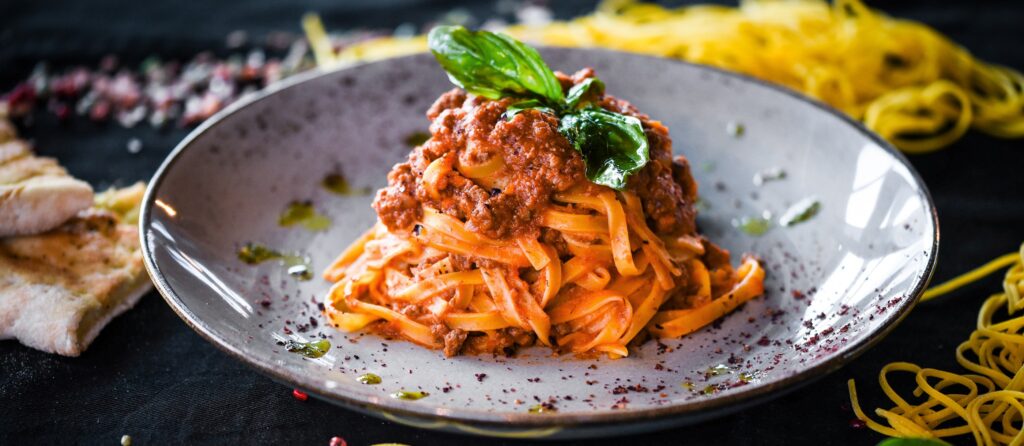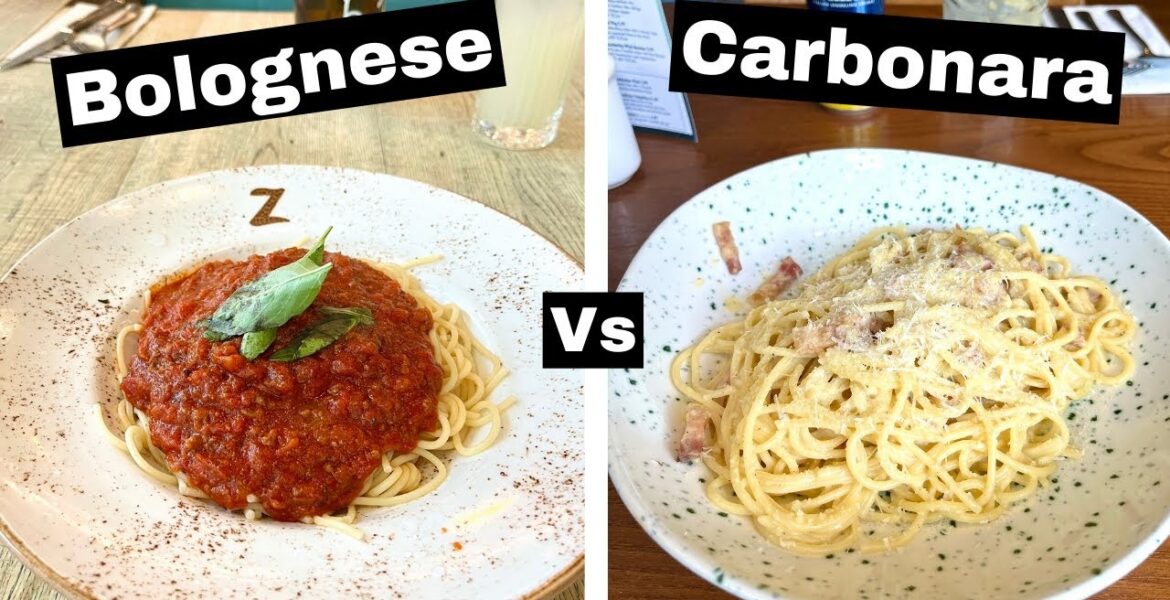It is a huge dilemma as Greeks absolutely love both, but the question must be asked - carbonara or bolognese?
The battle was tough, but the result was clear: the carbonara won by a landslide, with a percentage of 61%, leaving behind bolognese with 39%.
Carbonara

Carbonara is a Roman pasta dish celebrated for its creamy texture and rich flavor. It is traditionally made using egg yolks, pecorino cheese, guanciale (cured pork cheek), and black pepper.
Contrary to some versions outside of Italy, including Greece, the authentic Roman recipe does not include cream and bacon. The sauce is created by tossing the pasta with the raw egg mixture, using the heat of the just-drained pasta to cook the eggs and form a silky coating.
Bolognese

Ragù alla Bolognese was invented in the late 18th century by Alberto Alvisi, a chef of Pope Pius VII. The base of this classic is made with beef, pork or a combination of both, as well as ripe, fresh tomatoes or tomato purée, red or very dry white wine, nutmeg, salt, and pepper.
Common additions may also include Italian pancetta and milk or cream. Traditionally, ragù alla Bolognese is served with tagliatelle pasta, and it is an essential part of lasagne alla Bolognese. It can also pair well with pappardelle, fettuccine or homemade farfalle.
Most dishes that are prepared with ragù alla Bolognese are typically served with the freshly grated Parmigiano-Reggiano cheese. It is believed that the first written mention of the ragù can be found in La Scienza in Cucina e l'Arte di Mangiar Bene, a culinary manual written by Pellegrino Artusi in 1891, while the recipe for the original ragù alla Bolognese was first registered with the Bologna Chamber of Commerce on October 17, 1982.
READ MORE: Ouzo or tsipouro: What do Greeks prefer?

